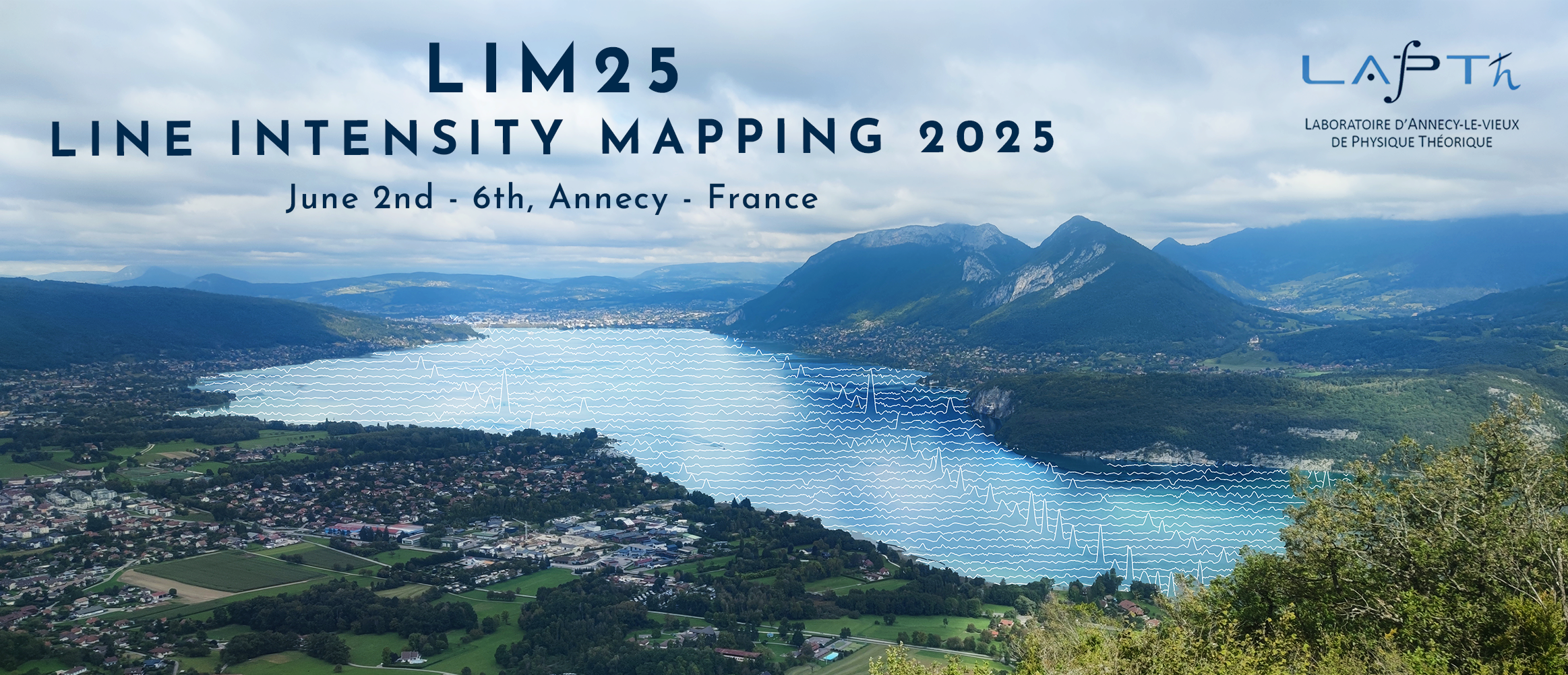Orateur
Description
With upcoming wide-field line intensity mapping(LIM) projects such as SPHEREx and SKA, it is expected that LIM will capture the large-scale structure of the universe and provide complementary constraints on cosmological models alongside existing galaxy surveys. To perform cosmological analyses using LIM, it is necessary to generate mock observational data covering cosmological volume under multiple cosmological models and compare them with real observations.
Currently, the most effective approach for producing large mocks is to assume calculate dark matter distribution using N-body simulations and pre-process the line intensity using empirical relations. However, N-body simulations scale with the square of the number of particles (N²), making it challenging to generate thousands of realizations required for cosmological analysis.
This study aims to construct mock observational data suitable for cosmological analysis using quasi-N-body simulations, which scale with NlogN in computational cost. By comparing the results with mock observations generated from hydrodynamic simulations and conventional N-body simulations, we evaluate and refine this approach.

